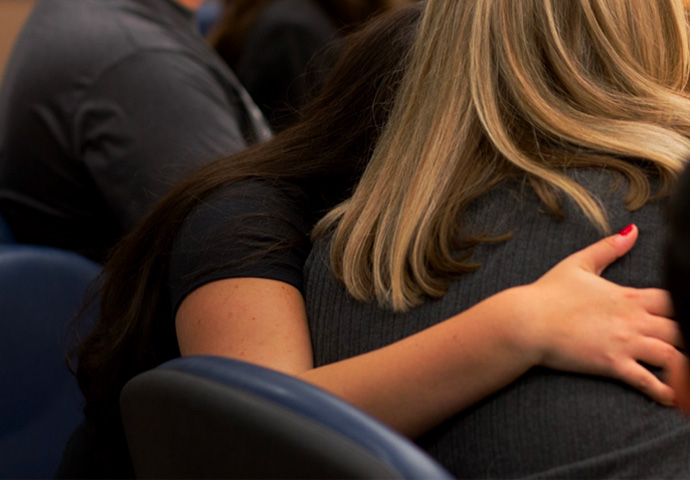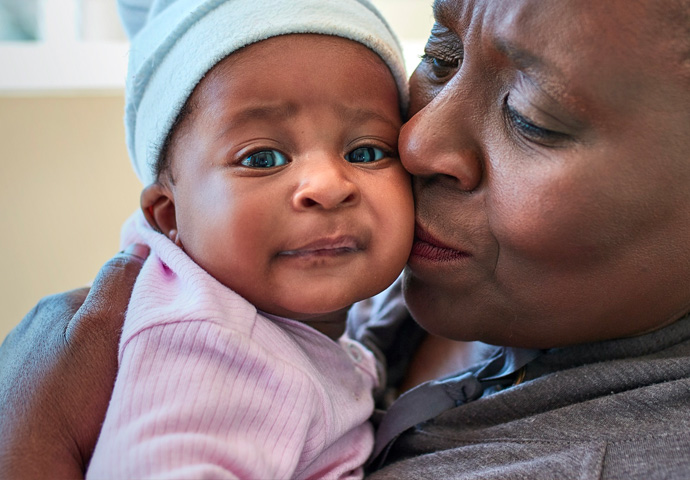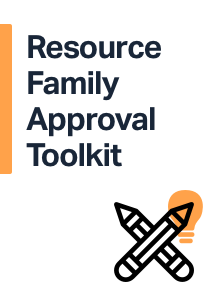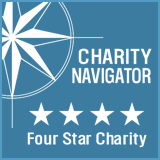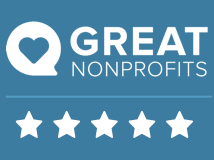Education Program
Championing the educational rights of our clients
The Alliance’s Education Program takes a holistic and collaborative approach with schools in defining and addressing the needs of our clients. We provide direct education advocacy for youth, and empower caregivers and other service providers to advocate for the children they serve.
Together, we work to promote paths to learning and ensure that children and young adults impacted by foster care can access an equitable education.

Our Education Programs focus on:
Educational Equity for Foster and Probation Youth
Children and youth in foster care change schools an average of 8 times while in care, losing up to 6 months of their education with each move.
Youth in foster care and probation experience the poorest education outcomes of any at-risk student population. This is caused by many factors–including significant rates of school instability, trauma, school push-out, and increased rates of learning and social/emotional disabilities.
Although state and federal laws grant foster and probation youth unique education rights to keep them stable in school, these laws are often not followed. As unmet needs escalate, youth in care are also more likely to fall into the school-to-prison pipeline, as schools increasingly push disabled youth into the criminal justice system rather than providing legally mandated education services.
Education Rights of Foster and Probation Youth
According to California law (AB490, 1933, 167, 216, and 379), youth in foster care or probation are guaranteed the following education protections:
School of Origin (SOO)
Children and youth in foster care or on probation have a right to school stability and can remain or return to any of the following schools, even if their home placement has changed:
- The school they attended when first removed from their parents
- The last school they attended
- Any school attended in the last 15 months where the youth feels a connection
Additionally:
- Youth can matriculate to the next school level with their peers for the entire time they are SOO eligible.
- Elementary and Middle school students can stay at their SOO until the end of the school year when their foster/probation case closes.
- High school students can stay in their SOO until they graduate, regardless of when their foster/probation case closes.
- A youth’s Education Rights Holder (ERH) decides whether remaining in their school of origin is in the youth’s best interests.
- Caregivers have a right to monetary reimbursement from DCFS for driving kids to their SOO. Other transportation options are available to foster/probation youth.
Immediate Enrollment
If your child or youth cannot remain at their SOO, they have a right to be immediately enrolled in their new school of residence, even if they don’t have any paperwork or uniforms or anything else normally required to enroll in school. Youth also should not be pushed-out to an alternative school for any reason (e.g., credit deficiency, mid-year enrollment, behavior concerns, juvenile justice involvement) unless the youth’s Education Rights Holder determines it is in their best interests to attend a different school. Youth have a right to equal participation in all school activities/events (e.g., tutoring, sports, drama) even if they missed sign up or try out deadlines.
Partial Credits
High school foster/probation youth, who change schools mid-semester, have a right to partial credits for any course work that they complete. Each district must have its own partial credit calculation formula, specifying how many days of attendance equals how many credits. For California’s Partial Credit Model Policy, see our Foster Youth Education Toolkit.
State Minimum Graduation (AB 167/216)
Foster or probation youth, who transfer schools after completing their 2nd year of high school, who are unable to reasonably complete their new district’s graduation requirements within 4 years of high school, may graduate under the state minimum graduation requirements, if their Education Rights Holder decides it is in their best interests.
The Alliance is Here.
If your child or youth’s education rights are being violated, please reach out. For school districts looking for best practices and tools to implement these laws, learn about our Foster Youth Education Toolkit.
For Education Rights Holders, social workers, probation officers, attorneys representing youth in dependency/delinquency courts, or judges, learn about our Court Companion to the Foster Youth Education Toolkit.
Early intervention services for young children in foster care are critical
We have helped over 3,000 children receive education services to overcome trauma, instability, and developmental delays.
Because most of a child’s brain development occurs during the early months of life, traumatic experiences in early childhood—such as abuse, neglect, or separation from family—can result in cognitive losses or physical, emotional, and social delays, all of which undermine development. Early intervention and trauma-informed education and care can meaningfully and measurably improve outcomes for children as they grow.
Video:
The Alliance Advocated for Our Kids
How We Help
Established in 2010, The Saltz Family Early Intervention Advocacy Center supports clients in overcoming legal barriers to give children (0-5) access to the appropriate developmental and early education assessments, speech, language, and physical therapies, rehabilitative treatment, and services that are critical to their development, so that they can enter kindergarten, ready to learn.
Developmental Milestones
How do you know if your child is experiencing developmental delays? Children experience tremendous change and growth in the first few years of life and each child develops at their own pace. Milestones are skills that children typically learn by a certain age such as sitting up by six months or talking by age two. Developmental milestones should be reviewed every few months for your child.
The Alliance is Here.
If you are caring for a child in foster care and want to learn more about how to receive early intervention education services, contact us.
Special Education (K-12)
Protecting access to special education for foster youth
50% of foster children have learning disabilities and are less likely to access quality special education due to instability. These children often suffer from undiagnosed learning disabilities and trauma-induced emotional and behavioral challenges.
How We Help
By advocating for thorough assessments and appropriate educational services, the Alliance meets the specialized needs of our young clients, so that they can thrive in their school settings.
Potential Indicators of Disability
What does a child with an education disability look like?
- Academic delays in reading, writing or math; poor grades; retention
- Behavior problems at school
- Speech and language deficits
- Problems with handwriting
- Social emotional problems, including depression, anxiety, post-traumatic stress disorder (note that youth sometimes self-medicate with drugs for these disorders)
- Inattention, disorganization, impulse control problems, ADHD
- Poor attendance: specifically for older youth
The Alliance is Here.
If you are caring for a child in foster care and want to learn more about how to receive early intervention education services, contact us.
The Alliance is Here.
If you are seeking direct education advocacy for the children in your care, please reach out.
Training for Caregivers and Providers
The Alliance conducts free professional trainings for caregivers, educators, service providers, and legal professionals. To schedule a training, contact us.
Resources:
- School Stability in Transportation Plans
- Advocating for Your Child's Education Rights
- Best Practices Guide
- Foster Youth Education Toolkit
- Court Companion to the Foster Youth Education Toolkit
- School Stability, Enrollment, and High School Graduation Rights of Foster and Probation Youth
- Education Manual
- Special Education Eligibility Checklist
- Developmental Milestones: Watch My Baby Grow
- Records Requests
- Assessment Requests
- Explore Other Resources





